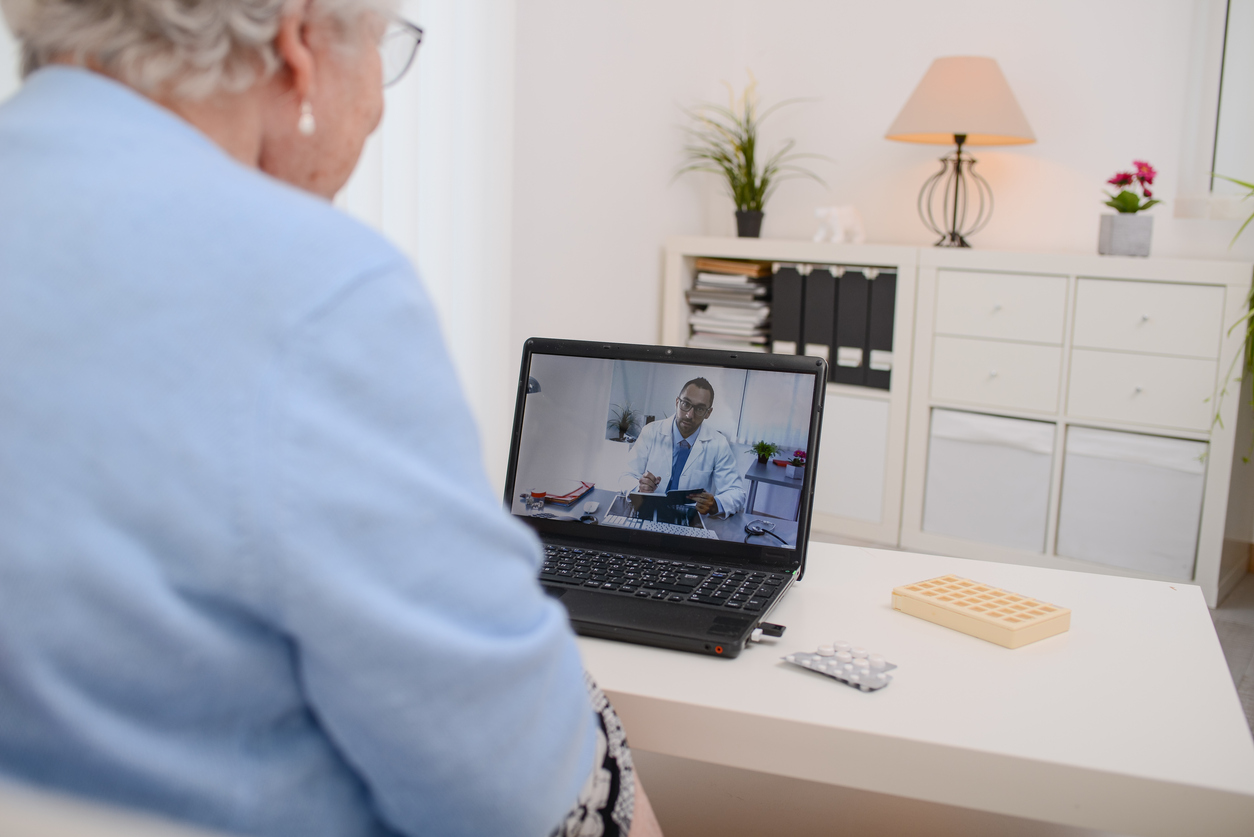Although health as a topic has surged in popularity in the past decade, so have rates of chronic illness. According to the CDC, 6 in 10 of US adults struggle with a chronic disease, while 4 in 10 have at least two.
Chronic diseases are the leading causes of death and disability in the US and the primary drivers of the country’s $3.5 trillion in annual health care costs.
Though the causes of these diseases are unclear, preventative care promises to be an actionable, effective long-term solution.
What is Preventative Care?
Preventative care is a proactive approach to healthcare. It focuses on preventing or detecting health issues before they evolve into major medical problems. Another term for preventative care is “routine care.” Traditional examples include regular check-ups with your physician, immunizations, and flu shots.
There’s also a growing emphasis on health optimization: optimizing your energy levels, body composition, and overall sense of wellness. The rise in attention is the direct result of the increasingly bleak state of public health today.
According to the New England Journal of Medicine, “Cardiovascular disease, cancer, and diabetes now cause 70% of U.S. deaths and account for nearly 75% of health care expenditures.”
Obesity and chronic disease are multiplying at epidemic proportions.
“Although the United States pays more for medical care than any other country, problems abound in our health care system. Unsustainable costs, poor outcomes, frequent medical errors, poor patient satisfaction, and worsening health disparities all point to a need for transformative change…
A prevention model, focused on forestalling the development of disease before symptoms or life-threatening events occur, is the best solution to the current crisis.”
— New England Journal of Medicine
Why doesn’t the traditional healthcare model prioritize preventative care?
The traditional healthcare system was built out of a 20th century need to address urgent, acute medical issues. In other words, it was designed to be “sick care.” Over time, the profitability of this system became cemented around people needing to visit their doctor. To put it simply, if you weren’t sick, you weren’t a source of profit.
In a perfect world, the traditional system would prioritize keeping you healthy over treating your illness, but the economic structure doesn’t currently allow for it. What drives profits is the overuse of health services. Healthy people don’t need “sick care,” so they lose their economic appeal. The need for change has been widely recognized, but delayed since any major change to this system could be incredibly disruptive.
However, positive and encouraging changes are happening.
Independent healthcare services such as SteadyMD have designed new businesses around preventative care. Wanting to avoid the economic crutch that the traditional healthcare system has stumbled into, this new approach is built to prosper when people are healthy, not sick. The preventative healthcare approach helps prevent chronic illness through ongoing health maintenance, lessens symptom burden, and extends your “healthy years.”
To be blunt, there is no financial incentive to keep you sick. In fact, it’s better for business to keep you healthy long-term. And helping you lead your healthiest life is SteadyMD’s mission.
Your SteadyMD doctor dedicates time to help you catch small problems before they turn into bigger problems. Rather than just treat your immediate symptoms, your doctor will address the root cause of complex issues and chronic illnesses. Because you get the personal attention of the same doctor every time, they really get to know you and your family, and each conversation continues right where it last left off. A SteadyMD doctor is your partner in health, long-term.
What can you do?
Practice manageable approaches to nutrition, exercise, and wellness. For example, prioritize whole foods over packaged ones, adopt an exercise routine you will stick to over one that burns you out, and employ a relaxing nighttime routine instead of working on your laptop late into the evening. The most effective next step you can take is to find a teammate, someone knowledgeable who will guide and support you as you strive to reach your healthiest self.
